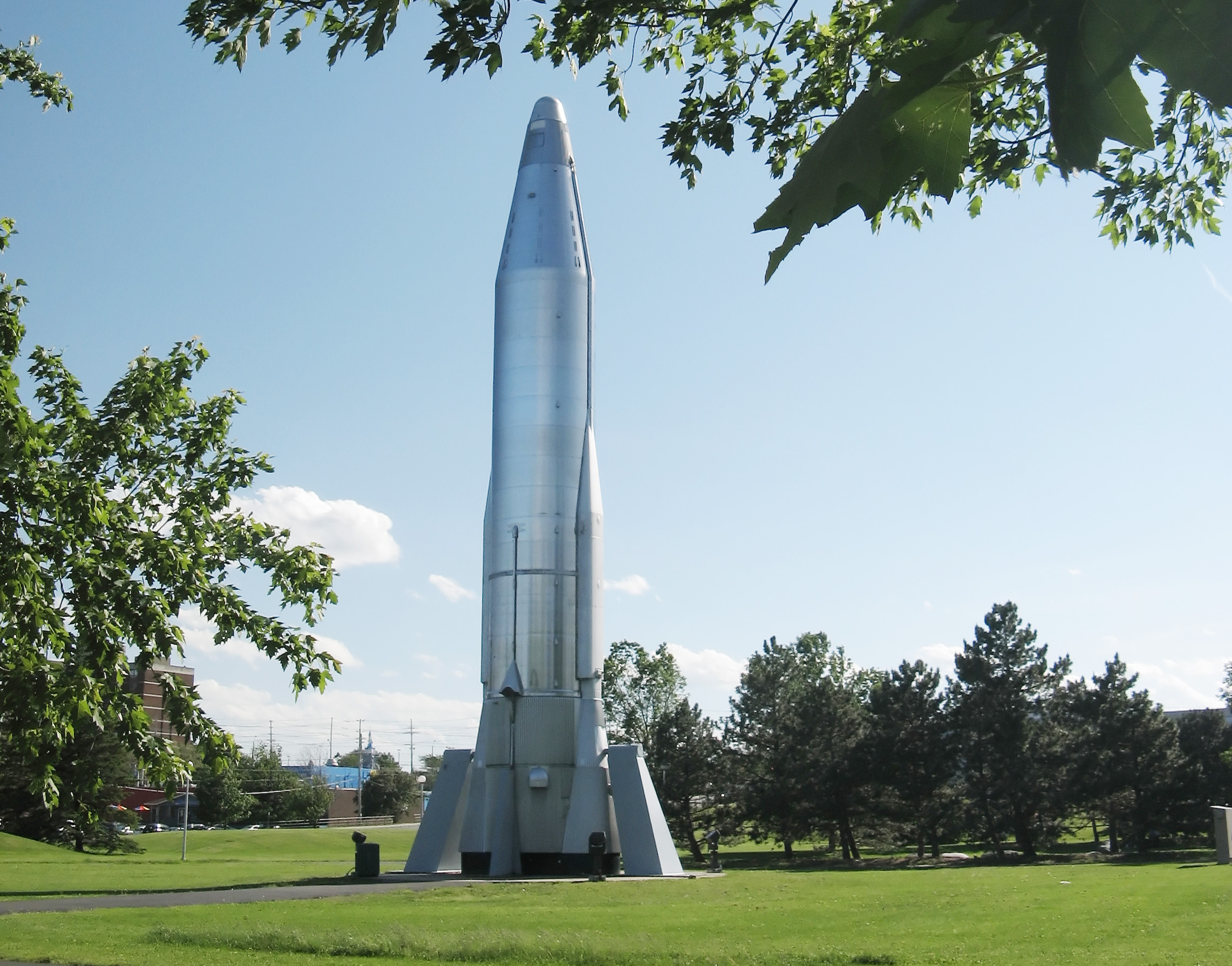
The Canada Science and Technology Museum in Ottawa, Ontario has announced that it will scrap the Atlas 5A rocket which has stood outside its building since 1973. Officially on loan from the National Museum of the United States Air Force in Dayton, Ohio, the rocket, serial number 56-6742, is currently one of just a handful of survivors from the early days of the US space program. It has stood exposed to the elements for forty years now, and corrosion has taken its toll. Its weight-saving design is partly to blame for its weakened state, as its massive fuel tank was only structurally sound when pressurized from within by its liquid propellant or forced gas. The manufacturer, General Dynamics, never intended the rocket to stand freely without the tank being filled in some way. The museum in Ottawa has been using an air compressor to maintain that internal pressure for some years, but the vessel leaks so badly that they are worried the rocket might collapse in on itself, as one did previously at the Air Force Museum in Dayton during the 1980s. Without modifying the rocket with costly internal bracing, there really is little the Canadian museum can do to render the rocket safe for further public display. They have elected to return the Atlas to Dayton, but the Air Force Museum does not want it back. While it is possible that the Air Force Museum could assign the rocket to another museum if that entity paid for its move and restoration, that seems highly unlikely due to the enormous expenses involved. Failing the rocket passing to another approved museum, under the terms of the loan it must be shredded into bite-sized chunks. This is necessary due to the rocket’s strategic technology, however ancient. It was once capable of being used as a ballistic missile, and there must be no possibility that any internal components might survive to be reverse engineered by undesirable third parties.























